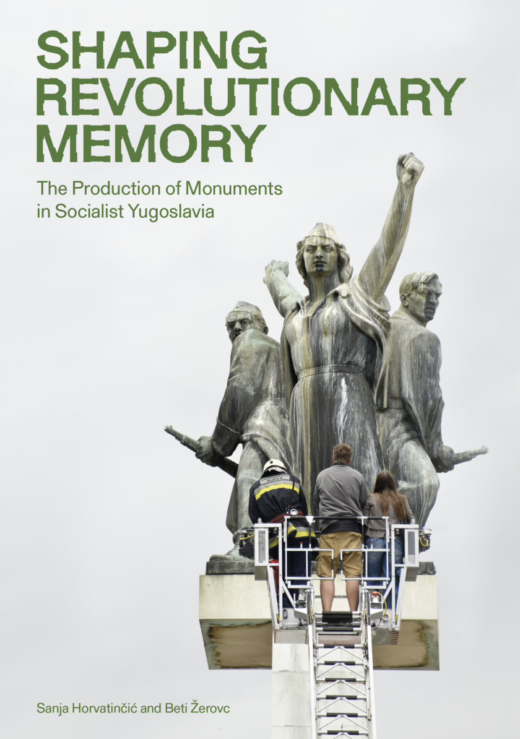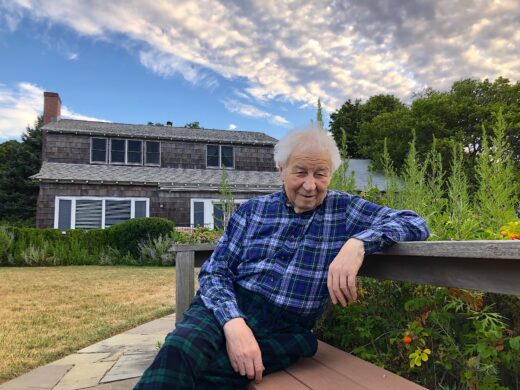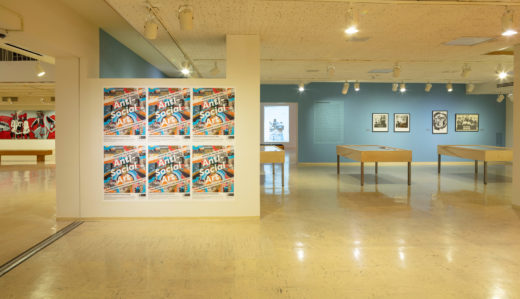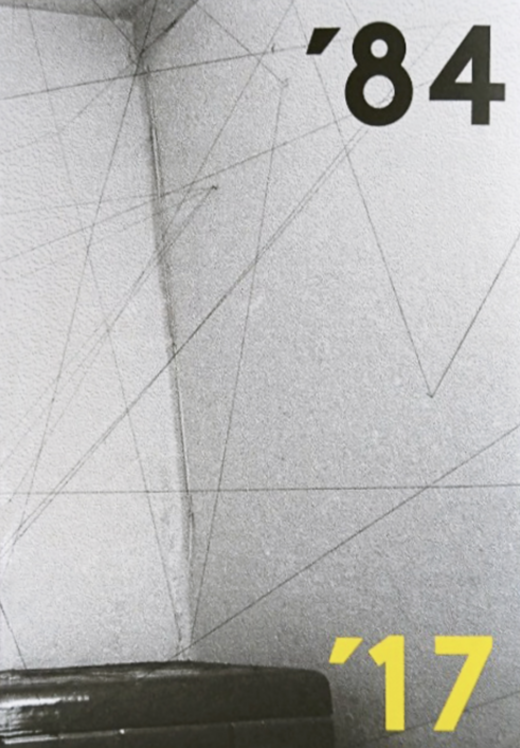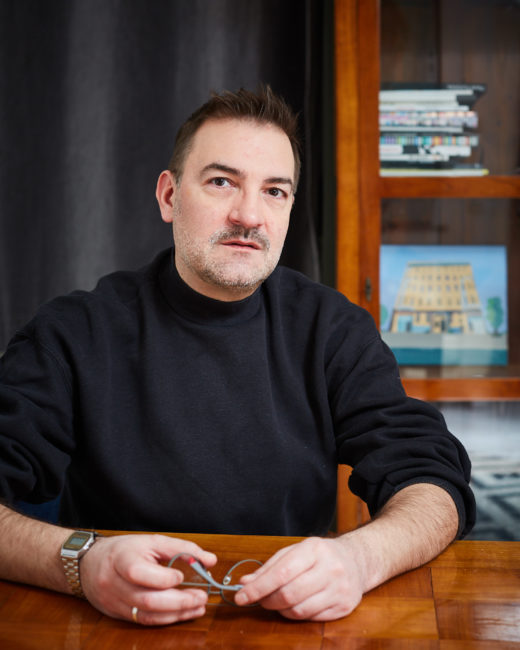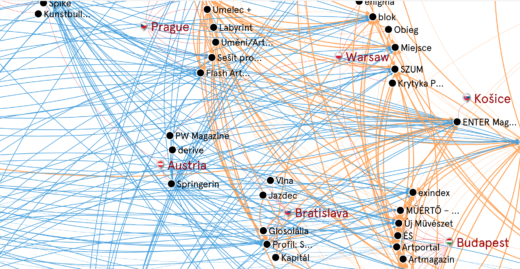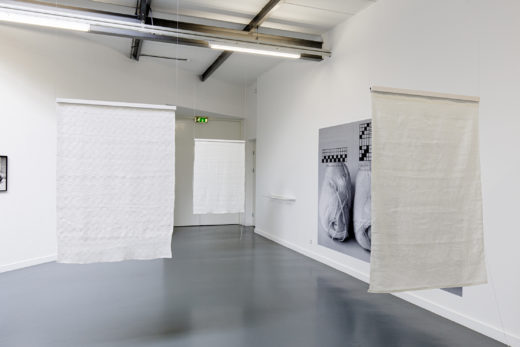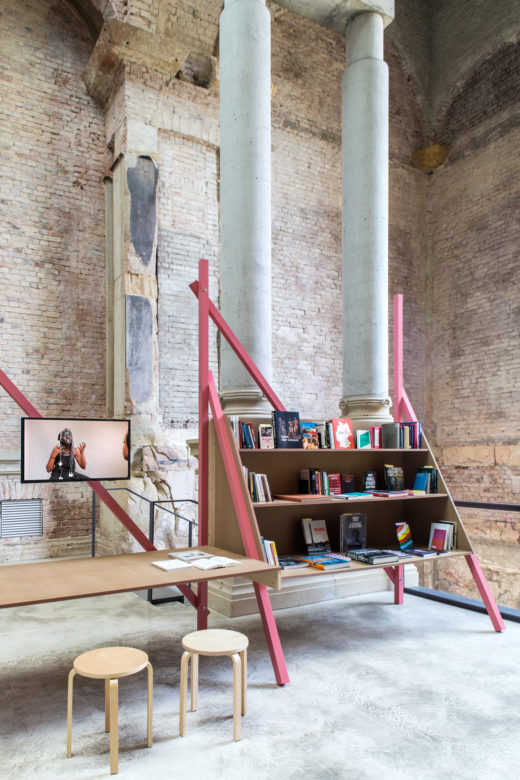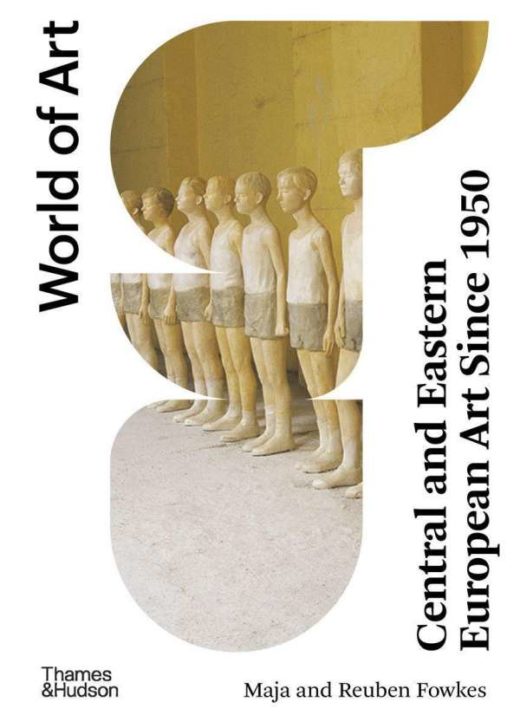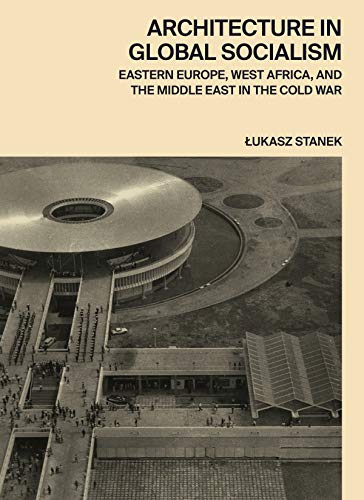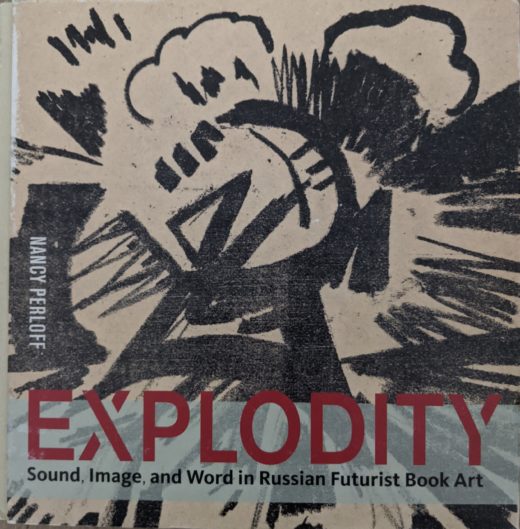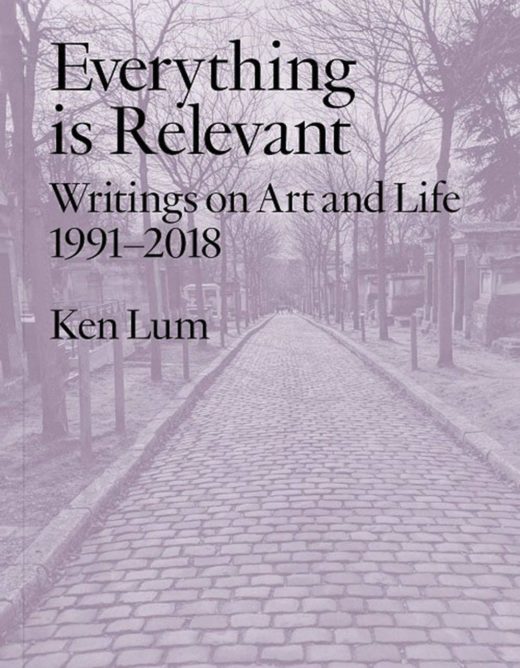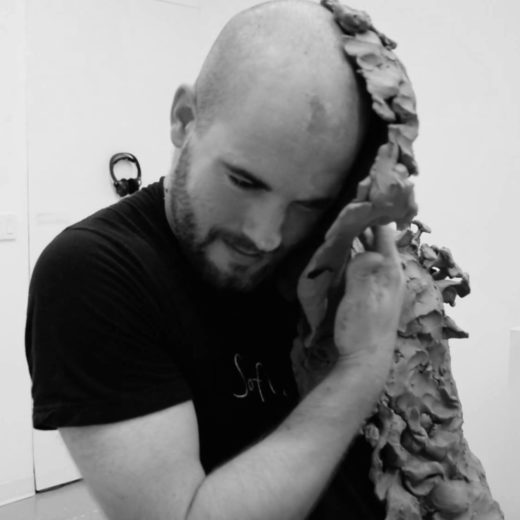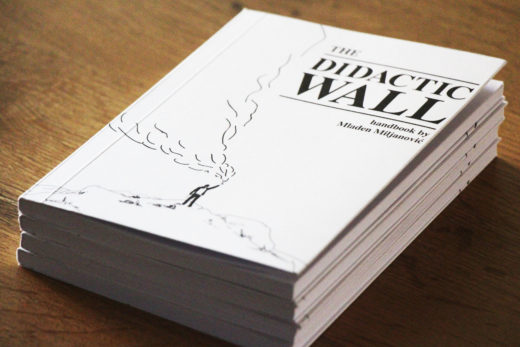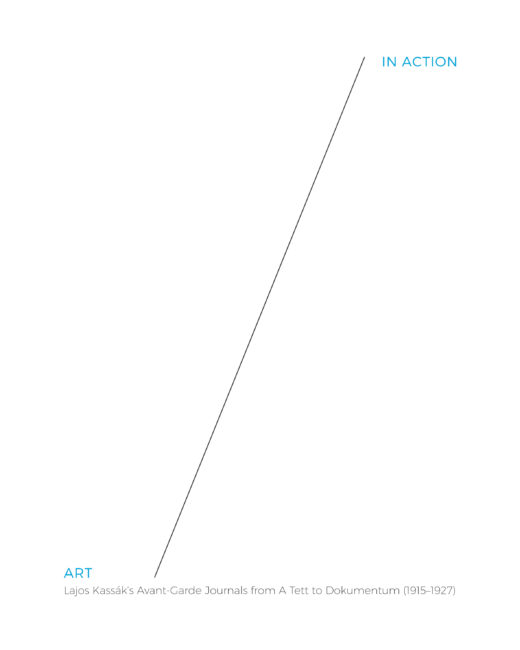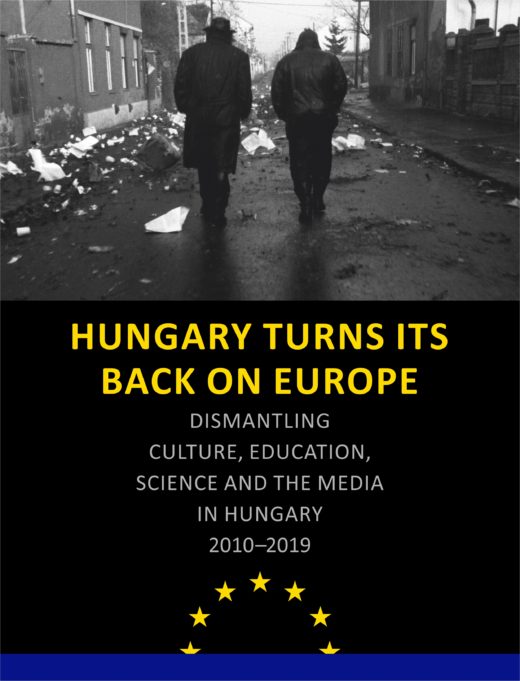Shaping Revolutionary Memory: The Production of Monuments in Socialist Yugoslavia
Sanja Horvatinčić and Beti Žerovc, eds., Shaping Revolutionary Memory: The Production of Monuments in Socialist Yugoslavia (Berlin: Archive Books, 2023), 424 pp.
Maybe they never really left the public consciousness, but monuments have been at the front of public discussions in the last decade. Despite major world events such as a pandemic and several wars erupting – or possibly precisely because of these major events – there has been significant attention paid to our relationship with public monuments. The so-called “statue wars” in the US and UK of recent years are one example.(Statue wars have been covered in AMO … Read more

